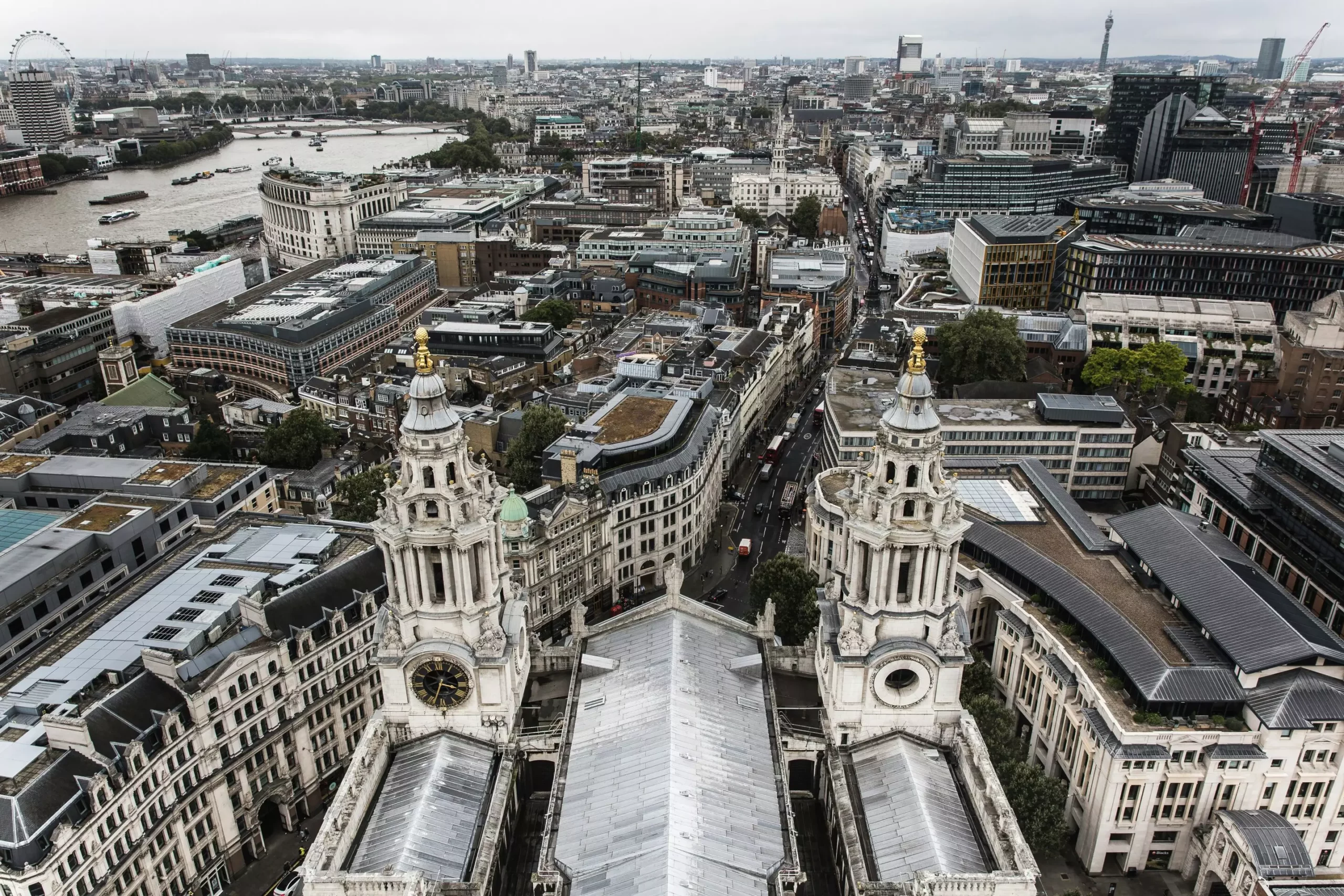As cities continue to expand, the phenomenon known as the “urban heat island” effect becomes increasingly pronounced. This effect leads to urban areas absorbing and retaining more heat than their rural counterparts, creating a significant rise in ambient temperatures. The consequences of this temperature increase can be dire, resulting in heat-related illnesses and even fatalities. A recent study by researchers from University College London (UCL) and the University of Exeter sheds light on a potential solution that could not only alleviate the dangers of extreme heat but also improve overall urban living conditions. By employing cool roofs, urban centers like London could mitigate temperature increases and save numerous lives.
Published in the journal *Nature Cities*, the study offers a staggering revelation: during the record-setting heat of the summer of 2018, an estimated 249 lives could have been spared in London if cool roofs—specifically roofs painted white or coated with reflective materials—had been extensively implemented. Analyzing temperature data from June through August 2018, the researchers found that the average temperature in London was around 19.2 degrees Celsius, which is approximately 1.6 degrees hotter than the typical temperatures for that season. The findings suggest that cool roofs could have reduced the city’s average temperature by about 0.8 degrees Celsius.
The principle behind cool roofs is straightforward: light-colored or reflective roofing materials absorb significantly less solar radiation compared to traditional dark roofs. As cities are naturally warmer due to concrete, asphalt, and other heat-absorbing components, installing cool roofs could provide a critical cooling effect that benefits the greater urban environment. In their research, the team employed a sophisticated 3D computer model to simulate various urban scenarios, demonstrating that a considerable reduction in temperature is achievable through widespread adoption of reflective roofs.
Interestingly, the study also highlighted that the installation of rooftop solar panels could contribute to cooling urban areas, albeit to a lesser extent—an estimated reduction of 0.3 degrees Celsius. While not as effective as cool roofs, solar panels could still play a crucial role in urban heat mitigation. Furthermore, the energy produced from these solar installations over the three-month period could have reached up to 20 terawatt-hours, more than half of London’s total electricity consumption during 2018, thus enhancing the case for integrating renewable energy solutions in urban planning.
The financial benefits of mitigating heat through cool roofs and solar panels cannot be ignored. The study calculated that preventing the loss of 249 lives through the adoption of cool roofs could reduce London’s economic burden by approximately £615 million. Similarly, saving 96 lives through solar panel adoption could alleviate about £237 million in economic costs associated with heat-related health issues. These figures illustrate the significant return on investment that can be realized by integrating practical heat mitigation measures into urban infrastructure.
Amidst the urgent need for urban centers to respond to climate change, the findings of this research underline the necessity for cities to embrace innovative cooling solutions. With projections indicating that extreme heat events akin to the summer of 2018 will become more common, it is pivotal for urban planners and policymakers to explore sustainable options such as cool roofs. Dr. Charles Simpson of UCL emphasizes that the deployment of these roofs could dramatically enhance quality of life for city dwellers while simultaneously saving lives.
As the climate crisis continues to evolve and accelerate, it becomes more critical than ever for city inhabitants and leaders to adopt practical solutions to combat rising temperatures. Cool roofs represent a simple yet effective approach to mitigate urban heat while offering economic and health benefits. Complemented by the potential for power generation through rooftop solar panels, such strategies pave the way for smarter, healthier, and more sustainable urban living. The time is ripe for cities to reconsider their approach to urban design—embracing cool roofing as both a life-saving measure and an environmentally friendly initiative.


Leave a Reply